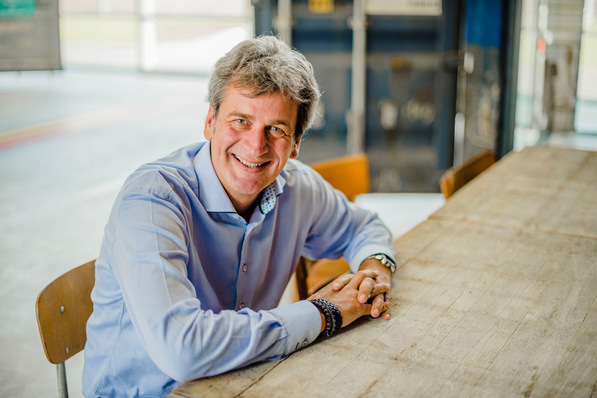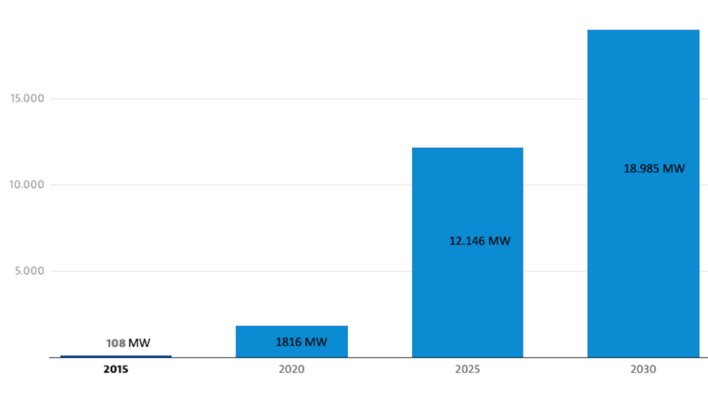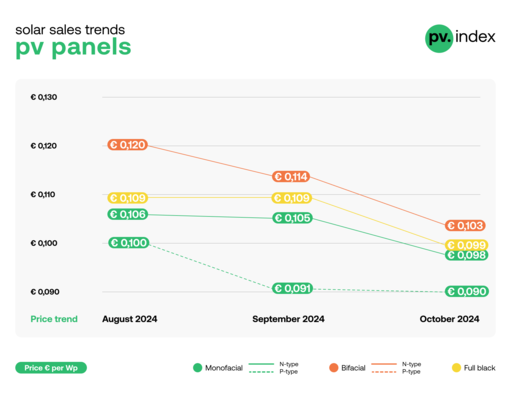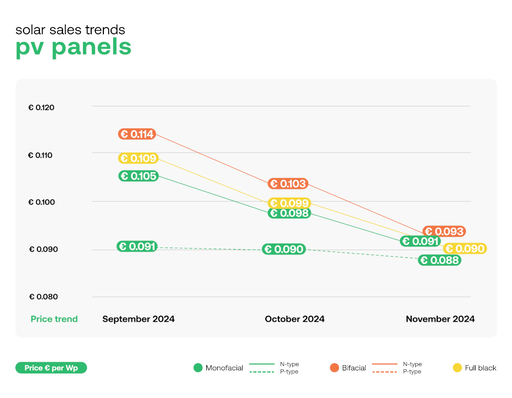Accepted volumes in the Balancing Mechanism (BM) from identified batteries, gas reciprocating engines and aggregated units across June – August 2020 have all increased, with accepted volumes from batteries rising 149%, gas reciprocating engines increasing 338% and aggregated units increasing 518% year-on-year.
Accepted volumes from wind have also increased by 125%. The only technology to see a decline in activity for these three months was coal. The below charts show the accepted volumes in the BM across all technologies in the June – August 2020 period in comparison to 2019 levels.
Challenges brought by Covid-19
Lee Drummee, Analyst at Cornwall Insight, said: “It is no surprise that the BM experienced a notable increase in activity so far this year, in light of the heightened challenges brought by Covid-19. Even after the lockdown restrictions eased total volumes of accepted actions on the BM remained significantly higher in 2020 than in 2019. The total volume of actions across June – August 2020 totalled 9.1TWh, up 40% on the same three months in 2019.
However, what is most interesting is the technologies that have been providing these balancing actions to the ESO. Newer asset types such as batteries, gas reciprocating engines and aggregated units, which are formed up of multiple technology types, have seen the greatest percentage increase in activity.
New BM access routes
Drummee went on to say: “Greater volumes from newer technologies can be attributed to several factors, including the impacts of Covid-19 on power demand and the greater penetration of wind on the system over this period. More importantly, it has been the new BM access routes provided to smaller assets, that have helped bring down barriers to smaller-scale units being able to participate, boosting their role in the BM.
Also, as more of these types of plant come to market, parties trading these assets are more frequently investing in the ability to access the BM whilst also improving their trading strategies to optimise assets across multiple revenue streams.
See also:
How to get households involved in grid balancing
Virtual Lead Parties (VLPs) – a new type of BSC Party that can register secondary Balancing Mechanism Units (BMUs) – can participate in the BM without needing to be either a licensed electricity supplier or licensed generator. These VLPs have recently been used for the first time in the BM. We anticipate the activity of these participants to rise in the future as more gain access to the BM via this route.” (mfo)







